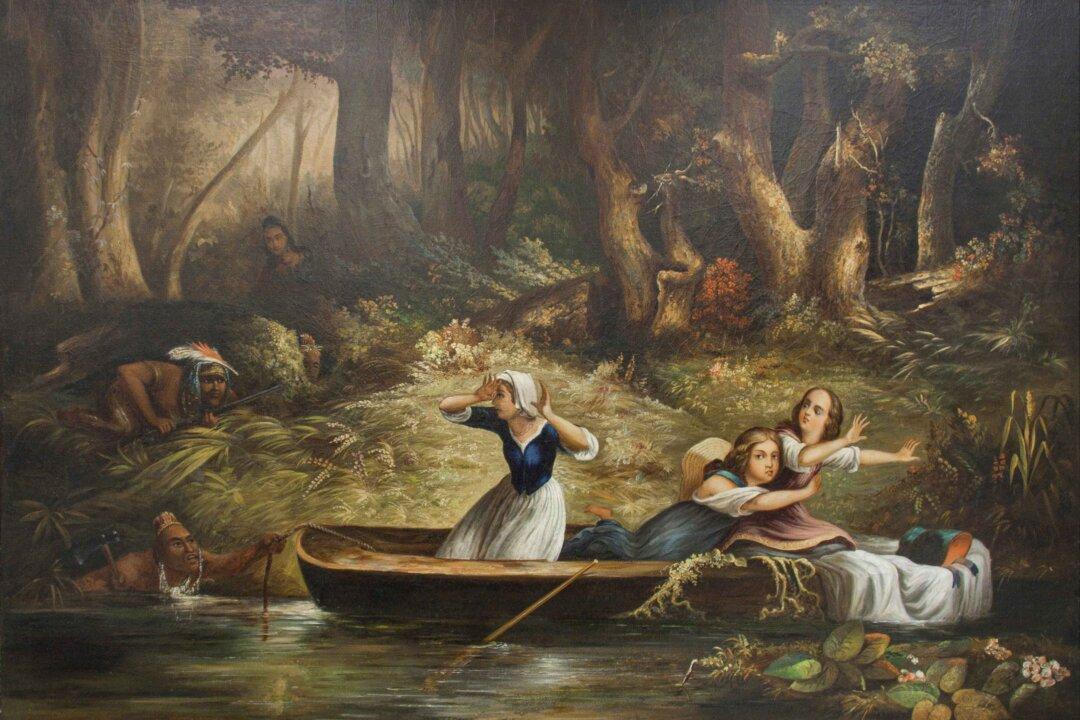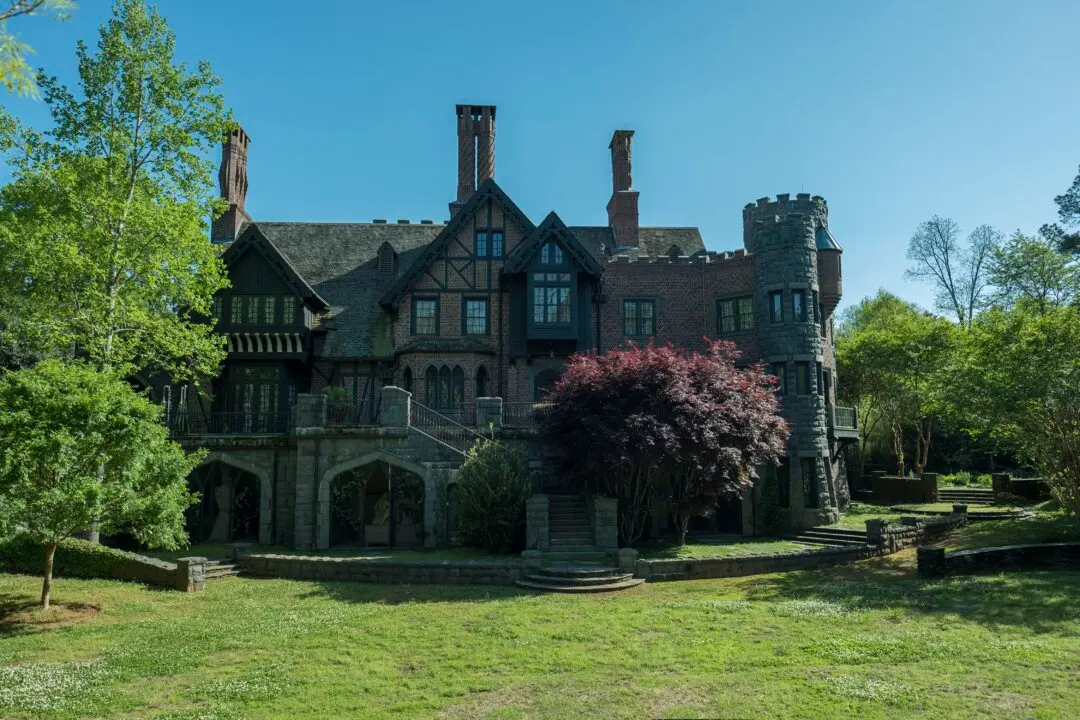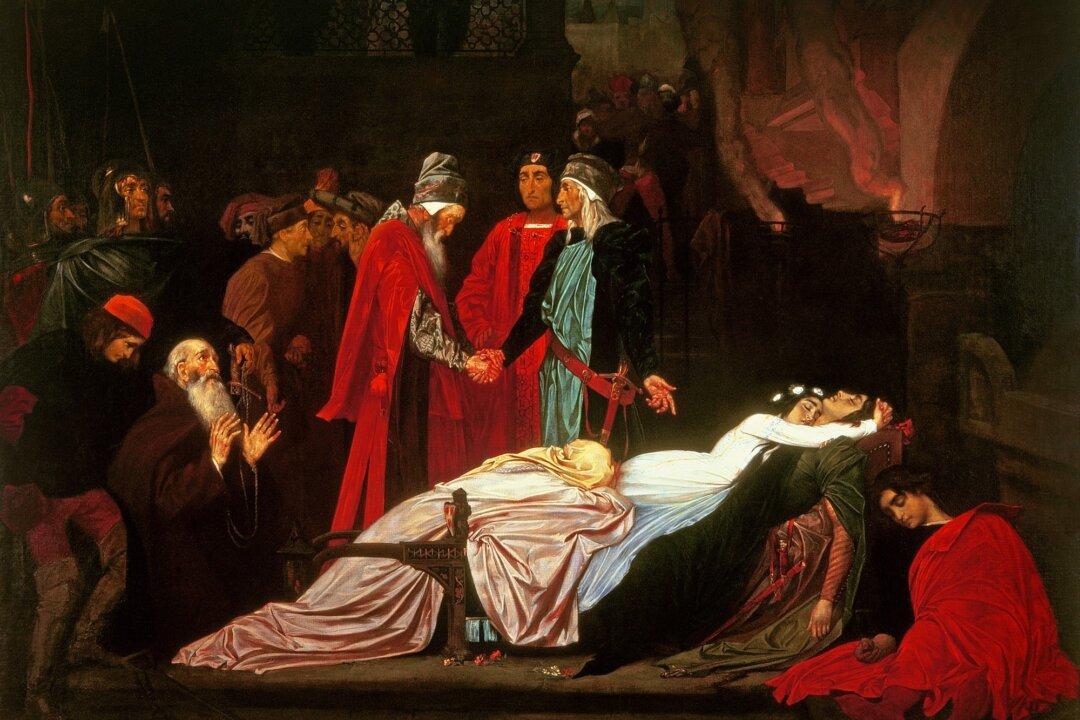Sunday, July 14, 1776: Jemima Boone, the 13-year-old daughter of American pioneer Daniel Boone, along with two other friends, was captured outside of her settlement by a small war party consisting of Cherokees and Shawnees. A few days later, thanks to the dedication of her father and to her and her friends’ bravery and quick thinking, they were saved.
Only 10 days after the signing of the Declaration of Independence, Jemima Boone and her friends, Betsy and Fanny Callaway, were picking flowers outside Boonesborough, a fort and frontier settlement. The girls wandered down to the adjacent Kentucky River and decided to use the canoe. Coming to a tricky point in the waters, they briefly lost control. Suddenly, they were on the other side of the river and were soon surprised and captured by native warriors.





